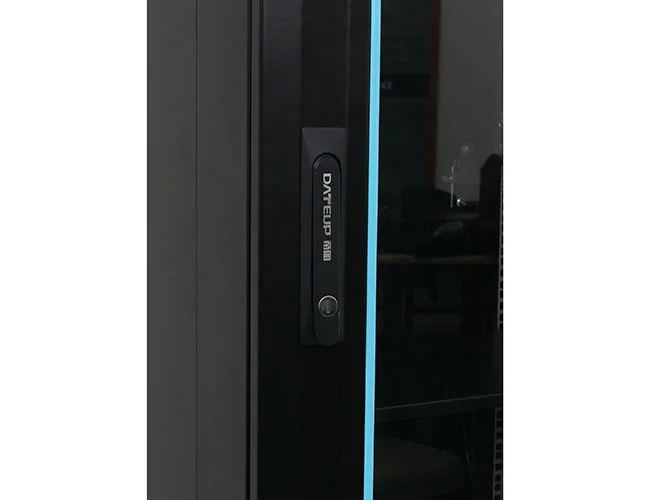News
Site Editor
 Site
https://leonetworkgroup.usa18.wondercdn.com/uploads/image/5fe152faa587d.png
Patch panels are a critical component of any IT or networking infrastructure. These panels enable communication between devices, servers, switches, and other related networking equipment. Patch panels come in different shapes and sizes, but they all serve the same purpose- making it easy to organize and manage network connections.When it comes to patch panel maintenance and repair, patching is an
Site
https://leonetworkgroup.usa18.wondercdn.com/uploads/image/5fe152faa587d.png
Patch panels are a critical component of any IT or networking infrastructure. These panels enable communication between devices, servers, switches, and other related networking equipment. Patch panels come in different shapes and sizes, but they all serve the same purpose- making it easy to organize and manage network connections.When it comes to patch panel maintenance and repair, patching is an
How To Patch A Patch Panel
Views: 728
Author: Site Editor
Publish Time: 2023-07-12
Origin: Site
Patch panels are a critical component of any IT or networking infrastructure. These panels enable communication between devices, servers, switches, and other related networking equipment. Patch panels come in different shapes and sizes, but they all serve the same purpose- making it easy to organize and manage network connections.
When it comes to patch panel maintenance and repair, patching is an essential part of the process. Patching refers to the process of replacing or repairing faulty or damaged connections on the patch panel. This guide will provide a step-by-step process for patching a patch panel.
Step 1: Identify the faulty connection
The first step in patching a patch panel is to identify the faulty connection. You can easily identify a faulty connection by the LED lights on the patch panel. If the light is off or is flashing, it is an indication that the connection is not active or not working correctly.
Step 2: Remove the faulty connection
Once you have identified the faulty connection, remove the patch cable from the patch panel. You can do this by unplugging the cable from the patch panel with your fingers or using a pair of pliers.
Step 3: Cut the end of the faulty cable
After removing the cable from the patch panel, cut off the damaged end of the cable using wire cutters. Cut as close to the faulty end as possible to ensure that you are removing the damaged part of the cable.
Step 4: Strip the cable
Strip the cable with a cable stripper to expose the inner wires. Depending on the location of the fault and the material of the cable, you may need to use a specific type of stripper.
Step 5: Insert the wires into a new connector
Once the wires are exposed, insert them into a new connector of the same type as the previous one. Make sure the wires are correctly set in place, and that there are no loose wires and that they are in the correct order.
Step 6: Crimp the connector
Crimp the connector to make sure that it holds the wires securely in place. Ensure that you have a good connection by gently tugging at the cable. If the cable stays in place, you can proceed to the next step.
Step 7: Test the connection
Plug the cable back into the patch panel and test the connection with a network tester. If the connection is still not working, you may need to repeat the patching process or seek professional help.
In conclusion, patching a patch panel is a simple process that can save you time and money. By properly identifying the faulty connection, cutting the faulty cable, stripping it, inserting the wires into a new connector, crimping the connector and testing the connection, you can quickly restore connectivity to your network. However, if you are not confident in your patching skills, it is essential to seek the help of an IT professional.
If you want to know more about industrial network cabinet,china fiber optic splice closure,china fiber optic distribution box,please consult the fiber optic splice closure factory









